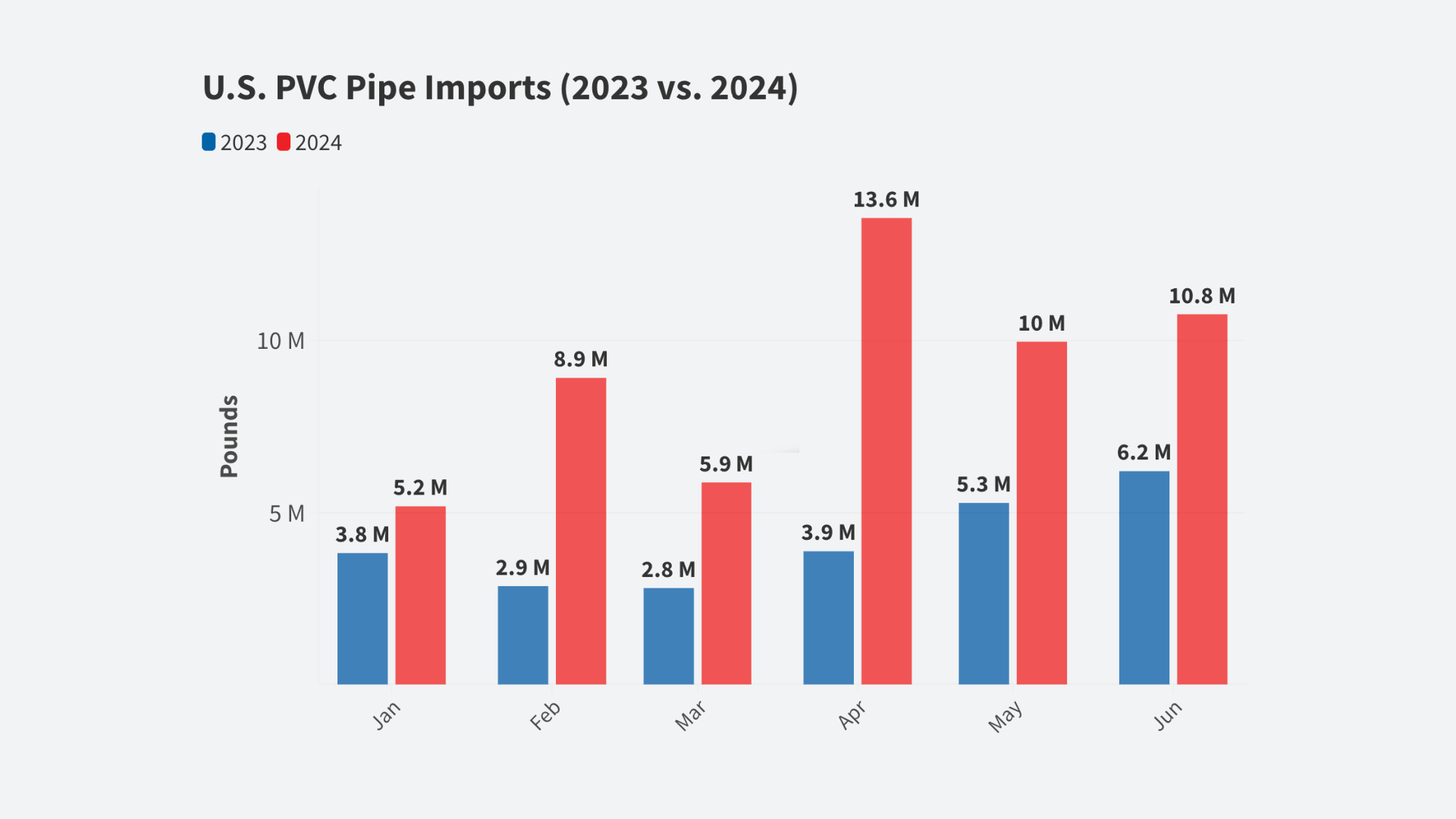
Below is information on our trade deficit with the 20 Free Trade Agreement countries and a guide explaining how USTR manipulates the trade data to support its outlandish claim that we have a trade surplus with the 20 Free FTA partners. USTR counts foreign-made goods as U.S. exports to artificially inflate export figures and/or removes sectors where we have trade deficits – items they call energy-related goods. All U.S. trade data is collected by the Commerce Department. But only the U.S. International Trade Commission provides public access to Commerce’s data on a country-by-country basis with foreign exports removed, providing the official data on made-in-America exports. You can run the numbers yourself at http://dataweb.usitc.gov/.
[Reposted from Public Citizen | March 22, 2015
U.S. Trade Representative Michael Froman says that the United States has a trade surplus with its 20 Free Trade Agreement (FTA) partner countries. This claim is at the center of the administration’s efforts to convince Congress to delegate Fast Track authority for the Trans-Pacific Partnership, which is modeled on the past FTAs. Yet, if one reviews the U.S. government trade data available to all on the U.S. International Trade Commission (USITC) website, in fact in 2014 we had a $177.5 billion goods trade deficit with the FTA nations. Typically our services surplus with FTA partners is in the $75-80 billion range. That means we have a large overall trade deficit with our FTA partners. So, how can the Office of the U.S. Trade Representative (USTR) claim we have a surplus? To make the data support their political message, USTR either cobbles together broad sectors in which we have trade deficits (e.g. what they call “energy”) and simply excludes them, and/or artificially inflates export levels by counting foreign-made goods as U.S. exports. After USTR was called on this yet again, in a March 19, 2015 letter signed by members of Congress, USTR issued a “fact sheet.” Below are USTR’s claims versus the facts.
USTR Claim: “The reality is that the United States runs a trade surplus in goods and services with our collective free trade agreement partners. Look at the official U.S. government data collected by the Census Bureau consistent with UN Statistical Guidelines. Add up all the exports to our FTA partners and subtract all the imports and you get a surplus.”
FACT: The reality is that the combined U.S. goods and services trade balance with our 20 FTA partners in 2013 was a $105 billion deficit (a $180 billion goods trade deficit and a $75 billion services trade surplus). The United States ran a $177.5 billion goods trade deficit, collectively, with its 20 FTA partners in 2014. As USTR notes, one can look at the official U.S. government data collected by the U.S. Census Bureau with respect to trade in goods and do the math yourself. But, what you get when you add up all of the exports and subtract all of the imports from our FTA partners is a large goods trade deficit. The data are made available to the public by the USITC at http://dataweb.usitc.gov/. The USITC presentation of the data are consistent with UN Statistical Guidelines, which recommend that re-exports “be separately identified (coded) for analytical purposes.” As for services – contrary to USTR’s claim, the Census Bureau doesn’t collect services trade data. That comes from the Bureau of Economic Analysis on a quarterly basis and can be accessed here. (Services trade data for 2014 for some U.S. FTA partners were only posted on the same day that the Members of Congress sent their latest letter.)
USTR Claim: “If you buy something from Canada for 100 dollars and sell it to Mexico for 200 dollars, you aren’t losing a 100 dollars”[sic]
FACT: USTR tries to explain why it counts foreign-made products as “U.S exports,” which is how USTR artificially inflates U.S. export figures and deflates U.S. trade deficits with FTA partners. “Foreign exports” (also known as “re-exports”) are goods made abroad, imported into the United States, and then re-exported again without undergoing any alteration in the United States. (That is the U.S. Census Bureau definition.) USTR’s numbers count as “U.S. exports,” for example, goods manufactured entirely in China that enter the San Diego port and do nothing but sit in a warehouse before being trucked 18 miles south and re-exported to Mexico. In order to get the numbers necessary to support its claim that we have a trade surplus with our FTA partners, USTR counts these as U.S. exports even though the goods were not produced here, nor did they support a single U.S. production job. While USTR is correct that a firm – say, Walmart – does not lose money by landing cases of Canadian grown and processed canola oil at a southern California port, and then shipping it by truck for sale in Mexico at a marked up price – this is unrelated to the fact that these Canadian goods should not be counted as U.S. exports.
USTR Claim: “For an apples-to-apples comparison, you have to look at measures that look comprehensively at both imports and exports. That is what the Department of Commerce, the official source of U.S. trade data, does when it releases trade balance data every month. That’s what UN statistical guidelines suggest. We think that’s a better approach than systematically overstating imports relative to exports.”
FACT: No one contests that the U.S. Census Bureau gathers the official government data on U.S. goods exports, including whether goods that were shipped out of U.S. ports were produced here (i.e. U.S. “domestic exports”) or were just re-exports of foreign-produced goods (i.e. “foreign exports”). But the U.S. Census Bureau’s monthly trade data reports on U.S. exports to each U.S. trade partner lump foreign exports in with U.S. domestic exports. However, the USITC reports these government trade data with foreign exports removed, providing the official data on made-in-America exports. USTR chooses to use the raw data with foreign exports still included. We think that counting only U.S.-made exports as “U.S. exports” is a better approach than using foreign-produced goods to systematically overstate U.S. exports to FTA partners. And only counting U.S.-made exports is the standard practice of the USITC when it prepares the statutorily-required reports on the probable economic effects of pending FTAs for Congress and the administration (see 19 USC 3804(f)). That is, the official, statutorily-required government analysis of pending FTAs on which the administration and Congress rely does not count “foreign exports” as “U.S. exports,” as USTR does. In addition, these reports typically become the basis for promises from the administration that a given FTA will boost U.S. exports and jobs. The Obama administration promise that the Korea FTA would create 70,000 U.S. jobs was based on the USITC’s projection of an increase in U.S. goods exports under the deal. As posted on the White House website: “The U.S. International Trade Commission has estimated that the tariff cuts alone in the U.S.- Korea trade agreement will increase exports of American goods by $10 billion to $11 billion. The Obama Administration is moving this agreement forward to seize the 70,000 American jobs expected to be supported by those increased goods exports alone…” For an apples-to-apples comparison of how well promises made for a given FTA have panned out, we need to use the same definition of “U.S. exports” relied upon to create those promises. That definition, as used by the USITC, does not include “foreign exports.” Doing an apples-to-apples comparison, U.S. goods exports to Korea have fallen an estimated $2.2 billion in the Korea FTA’s first three years, while the U.S. goods trade deficit with Korea has increased an estimated $12.7 billion over the same period. Using the same ratio that the administration employed to promise 70,000 jobs based on projected goods export increases, the $12.7 billion decline in net U.S. goods exports to Korea equates to about 85,000 lost U.S. jobs in the FTA’s first three years.
USTR Claim: The ITC does not produce any original trade data or make any corrections or adjustment to so-called “raw” Census data. It presents Census data with no adjustment. You don’t have to take our word for it. Here’s what the ITC website says: “Census is the official source of U.S. import and export statistics for goods” and “all material on [the ITC website] was compiled from official statistics of the U.S. Department of Commerce, Census Bureau.”
FACT: Yes, of course the U.S. Census Bureau gathers the official government data on U.S. exports – both those that are actually produced in the United States and those produced in a foreign country. Indeed, it is the U.S. Census Bureau that marks when goods exported from the United States were produced in the United States (i.e. U.S. “domestic exports”) and when they are just re-exports of foreign-produced goods (i.e. “foreign exports”). But the U.S. Census Bureau does not display these data for individual FTA countries in its monthly trade reports. Instead, the U.S. Census Bureau’s monthly reports on U.S. exports to each trade partner lump foreign exports in with U.S. domestic exports. Each month, the USITC makes available to the public the U.S. Census Bureau data on U.S. domestic exports to individual trade partners, with foreign exports removed, via its web portal (http://dataweb.usitc.gov/), typically within one to two days of the U.S. Census Bureau data release. Given the availability, via the USITC, of the government trade data that separate out the foreign exports that falsely inflate U.S. export levels, why does USTR continue to use the data that conflate domestic and foreign exports?
USTR Claim: USTR uses the official measure of trade balance, provided by the Census Bureau and available through the ITC’s website, which provides an apples-to-apples comparison of “total exports” and “general imports.” Again, you don’t have to take our word for it. Here’s what the ITC website says about the measure cited by USTR: “By subtracting general imports from total exports, the value of re-exports would appear to be ‘cancelled out,’ and hence the measure can be a good estimate of the net gain or loss of national revenue resulting from international trade.” The ITC also notes that this is the measure used by Census, the UN, and the WTO. By contrast, the approach suggested by the authors at the press conference results in creating the appearance of larger trade deficits and smaller trade surpluses because it mixes and matches items for comparison.
FACT: Actually, USTR’s quote of the USITC website text, noting that “[b]y subtracting general imports from total exports, the value of re-exports would appear to be ‘cancelled out,’” applies to the U.S. trade balance with the entire world, not with individual countries. And the quote makes that clear, with the USITC explaining that this method “can be a good estimate of the net gain or loss of national revenue resulting from international trade.” That is, this calculation works for determining total U.S. net exports to the world, which is included in the formula to determine U.S. gross domestic product. But using this formula to calculate bilateral trade balances, as USTR does, distorts the results. Consider a good produced in China that enters the United States and then is re-exported to Mexico. USTR’s method of calculating the U.S. trade balance with Mexico would count that good as a U.S. export to Mexico. This would inflate our exports to Mexico, and thus artificially reduce our trade deficit with Mexico. Yes, the net effect on the global U.S. trade deficit would be approximately zero (the import from China would be washed out by the export to Mexico in the total U.S. trade balance with the world). But as members of Congress assess the merits of entering into controversial pending FTAs that are based on the same model as past FTAs, they want to know the actual U.S. trade deficit with individual FTA partners – a deficit that is artificially reduced by USTR’s inclusion of foreign exports.
USTR Claim (from The Hill): The office of the USTR points to data from the Department of Commerce that shows the U.S. has a trade surplus with its 20 free-trade partners when goods and services, non-energy goods, manufacturing, agriculture and services are included. That calculation yields for a $10.2 billion surplus in calendar year 2014.
FACT: USTR is cherry-picking data to get the result it seeks – choosing to exclude all goods deemed as relating to “energy,” in sectors in which we have trade deficits. It is not clear what exactly USTR means by “non-energy goods.” But even if excluding all fossil fuels, the U.S. “non-energy” goods balance with its FTA partners in 2014 was a deficit of about $112 billion. (This is using the designation for “fossil fuels” typically used by USTR – HTS 27.) Assuming a services trade surplus with FTA partners of $75-80 billion, the combined U.S. services and “non-energy” goods balance with its FTA partners in 2014 was still a $32-37 billion trade deficit. The only way that USTR can claim a “non-energy” goods and services surplus with FTA partners is by also counting a large array of manufactured products as “energy” related goods and thus excluding them from the deficit calculation, and/or by counting foreign-produced goods as “U.S. exports,” which USTR regularly does. If USTR is also excluding billions of dollars’ worth of manufactured products as “energy” goods, its assertion of an FTA trade surplus is even more dishonest, as many American jobs depend on manufacturing, for example, wind turbines, electrical grid components, batteries and other energy-related products. It would be extremely misleading to claim that trade flows affecting these jobs do not matter.













